Many of the market research projects at Sugata rely on thorough desk research – the art of gathering and uncovering information about a specific topic – and in this respect our researchers truly live up to their name. That’s why we would like to offer you a glimpse into their daily work through articles on this website, exploring current trends in Japan and topics hand-picked by our researchers.
In this article, Chisa uncovers the fascinating history of Atami, a destination that attracts both domestic and international attention. From its boom as a bubble-era resort to its subsequent decline and recent resurgence, Atami’s story is fascinating. Join us as we explore the reasons behind its renewed popularity, examining Japan’s economic history and the trend that shaped its revival.
Atami’s location and rise to popularity
Atami city is located on the Izu Peninsula in Shizuoka Prefecture, south-west of Tokyo, facing Sagami Bay. The entire Izu Peninsula is part of the Fuji-Hakone-Izu National Park, which includes Mount Fuji, and Atami city itself is situated in a volcanic hilly area. The area is abundant with natural hot springs and has been a well-known resort destination among Japanese people, with numerous public hot springs throughout the city.
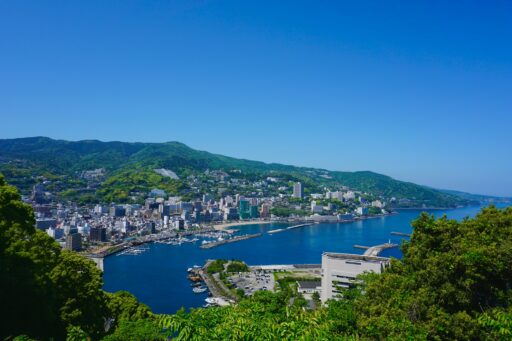
Atami city today
Atami rose to prominence as a popular hot spring and seaside resort during Japan’s rapid economic growth, which peaked in the bubble era (1986-1991). Its accessibility from Tokyo, combined with beautiful scenery and abundant hot springs, made it a favoured getaway location. It was especially popular as a destination for honeymoons and company trips, attracting over 5 million tourists in 1970.
What used to be a two and a half hour journey from Tokyo by rail was transformed by the opening of the direct Shinkansen (bullet train) line in 1964. This significantly improved access to Atami, reducing travel time from Tokyo Station to just 45 minutes. This made the city easily accessible, leading to a surge in tourism as visitors from across the country travelled to Atami.
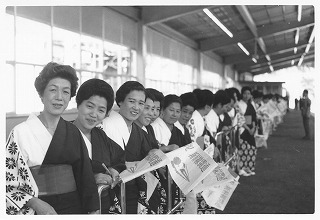
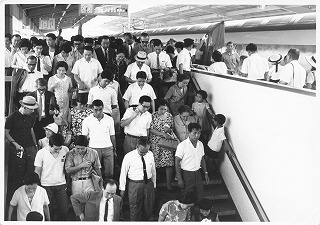
(Images provided by Atami City)
A city in decline
In the 1990s, the collapse of the bubble economy brought a sharp decline in Atami’s fortunes. Tourism suffered dramatically, businesses closed, and the city faced both economic hardship and a growing elderly population. This decline was driven by several factors: the increasing popularity of travels outside of Japan (influenced by growing awareness of world heritage sites after Japan ratified the World Heritage Convention in 1972), shifts in leisure activities, and a failure to invest in modernising Atami’s infrastructure. The city’s popularity dwindled and attracting younger visitors proved challenging. From 1993, tourist numbers consistently remained below 3 million each year. This culminated in less than half of its peak, a low of 2.4 million in 2011, immediately after the Great East Japan Earthquake. Media attention on Atami as a trendy destination also diminished gradually over the years, and the city lost its former momentum.
The Atami miracle: reinvigoration and redevelopment
After approximately 30 years of declining prosperity, Atami has experienced a remarkable revival in recent years, often called the “Atami miracle”. This resurgence is due to a combination of factors, including strategic revitalisation efforts led by local entrepreneurs and businesses. These initiatives have leveraged Atami’s existing assets, such as its hot springs and convenient location, while also introducing new attractions and experiences. Efforts to improve the city’s image, attract younger visitors, and promote it as an art and culture destination have also proven successful.
Since 2021, the city has been developing “PROJECT ATAMI” to attract artists and cultivate a vibrant art scene. This project aims to transform Atami into an art hub, capitalising on its natural beauty, historical charm, and convenient location. It envisions integrating art into the city’s fabric, from galleries and studios to public installations and community events, creating a dynamic cultural ecosystem that attracts both established and emerging artists. This focus on art seeks to broaden Atami’s appeal, drawing younger generations and international tourists to boost the local economy and revitalise the city’s image. This ambitious undertaking recognises the power of art to stimulate economic growth, foster community engagement, and forge a unique 21st-century identity for Atami.
 Logo of PROJECT ATAMI
Logo of PROJECT ATAMI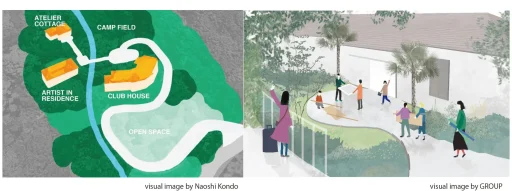
The “Showa retro” boom, which romanticises the aesthetics and culture of Japan’s Showa era (1926-1989), has also contributed to Atami’s renewed appeal. Fueled by a desire for simpler times and authentic experiences, Japanese people have rediscovered the charm of Atami’s vintage atmosphere, from its classic architecture and traditional hot spring resorts to its nostalgic entertainment venues. Atami embodies this retro aesthetic, making it a prime destination for those seeking a taste of this nostalgic era. This renewed interest has translated into a significant boost for Atami’s tourism, attracting not only older generations seeking to relive their youth but also younger generations eager to experience a unique cultural trend. The influx of tourists has revitalised local businesses, stimulated redevelopment projects, and contributed to a renewed sense of pride in Atami’s history.
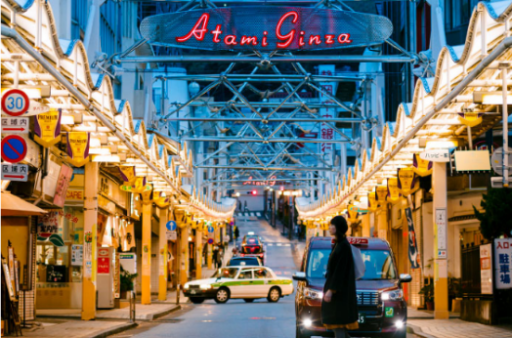
The Atami Ginza street today, brimming with Showa-era retro charm
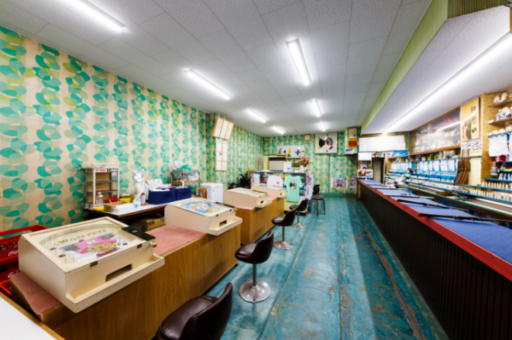
Yushima Arcade, a classic Atami attraction that has remained unchanged since opening in 1953
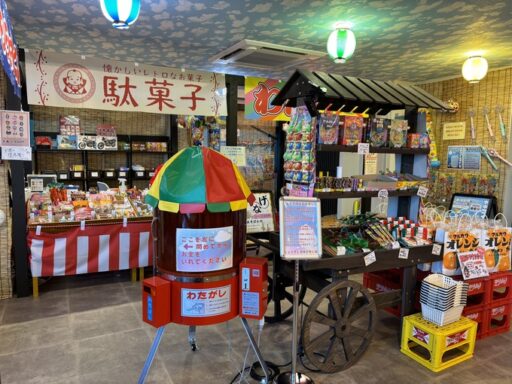
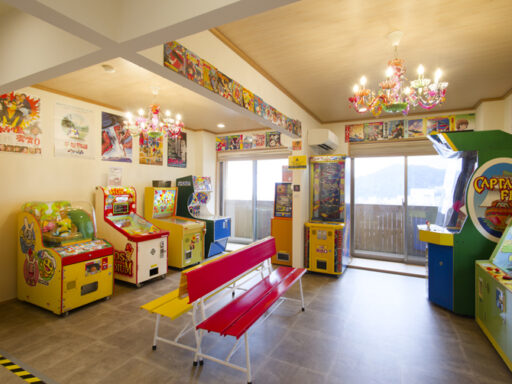
Thanks to these local efforts and the influence of the current Showa retro trend, Atami’s tourism has begun to rebound and reached 2.8 million visitors in 2023. Many domestic media outlets have also been highlighting Atami as a trendy destination.
This resurgence can be seen as a case study in successful regional revitalisation, demonstrating the positive impact of local initiatives and leveraging existing assets. From its peak as a glamorous bubble-era escape to its subsequent decline and remarkable rebirth, Atami’s story offers valuable lessons in tourism and regional development. Its transformation showcases the power of combining existing strengths with innovative strategies to create a compelling and contemporary destination, proving that even after periods of decline, a community can reinvent itself and flourish.
If you ever get the chance, I highly recommend a visit to Atami. With just a short journey from Tokyo you can enjoy the hot springs, see interesting art exhibitions, and wander through the retro Showa-era streets.
We look forward to seeing you in our next article!
To learn more about the specific findings from Japan, visit our Sugata Research LinkedIn Page
